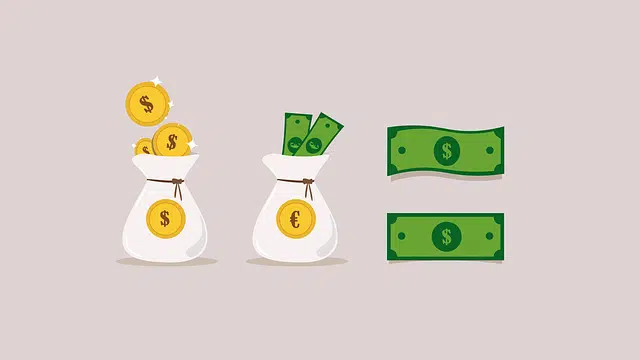
The distribution of a product ends with the arrival of the item to the consumer.
Distribution is the action and effect of distributing (dividing something among several people, giving something a convenient destination, delivering merchandise ). The term, which comes from the Latin distributĭo , is very common in commerce to name the distribution of products .
Distribution, in this case, is the process that consists of physically delivering the product to the consumer .
Product distribution
For distribution to be successful, the product must be available to the potential buyer at the right time and in the right place. For example: the distribution of a refreshing drink must be reinforced during the summer as its demand increases. In this season, the drink has to reach tourist centers and summer destinations, among other places with massive concentrations of people.
The different agents that complete the stages so that the product reaches the final consumer are known as the distribution chain or distribution channels . The most common are wholesalers (who buy the product from the manufacturer and sell to the retailer) and retailers (who buy from the wholesaler and sell to the end customer), although there may be other intermediate agents.
The notion in mathematics and technology
In the same way, we cannot ignore the fact that the term in question is commonly used within the field of Mathematics. Specifically, in this it is used to define all that function whose objective is to represent all those probabilities that come to identify in a palpable and conclusive way a random phenomenon.
Likewise, distribution is a word used in the field of technology. Thus, it usually talks about what is known as a distribution board, which is basically a square-shaped installation that is made up of a whole set of elements and devices through which distribution can be carried out. control the electricity in a specific place.

Income distribution consists of the distribution of the GDP of an economy among citizens.
Distribution in computing
IT is another sector that also has its own types of distribution. In this way, specifically, we can establish that there are two classes that are the best known. On the one hand, there is the so-called GNU/Linux distribution, which revolves around software, which in turn is based on Linux. Thanks to it, it is possible to have a whole series of programs and applications that satisfy certain specific needs of users.
On the other hand, we would have to talk about what is known as the BSD distribution, which is identified because it does not depend on Linux or GNU. Specifically, among its main elements would be the source tree and it should also be noted that it has three fundamental derivations.
How income is distributed
In the economic sphere, on the other hand, the distribution of income or income distribution is the way in which the gross product of an economy is distributed among the different social classes. This distribution is not equitable, but rather the majority of wealth goes to those who have the most.
The State is responsible for intervening in the market to ensure that the redistribution of wealth reaches all sectors. Excessive state intervention, however, can distort the market and generate macroeconomic problems.
